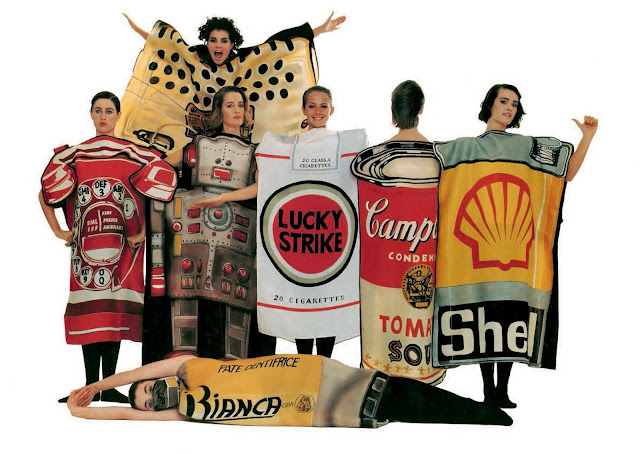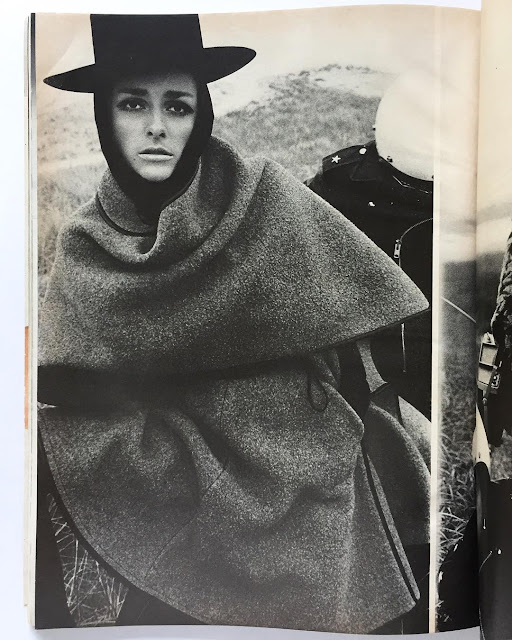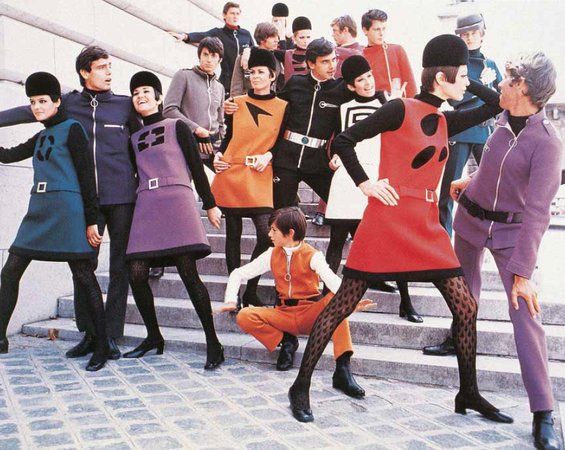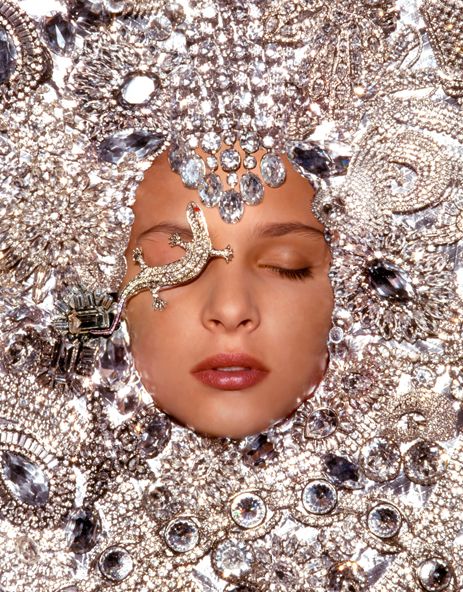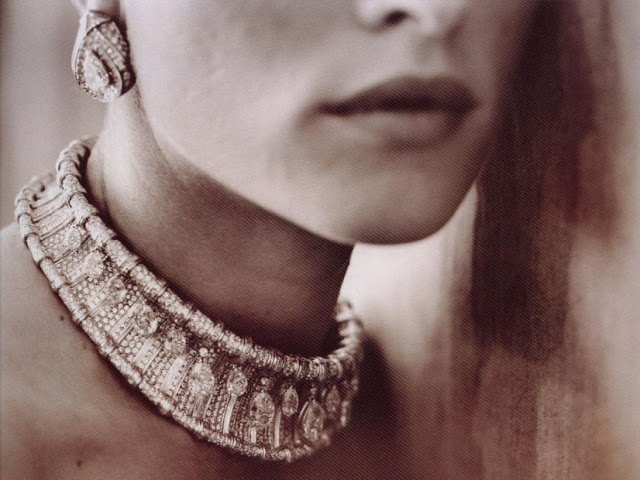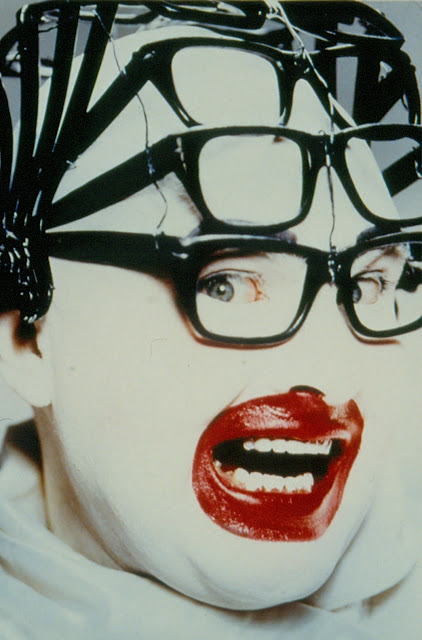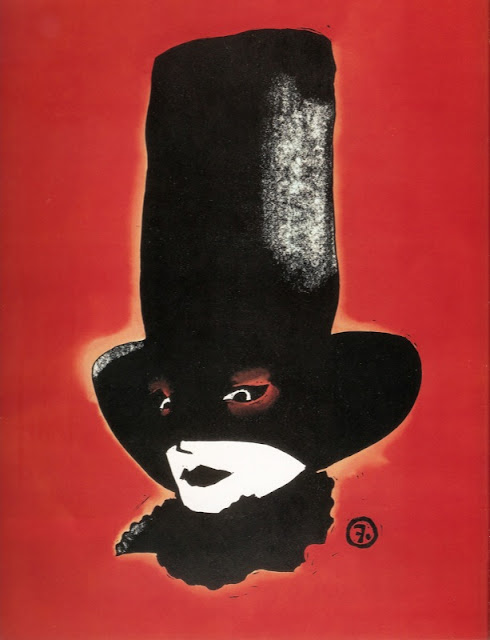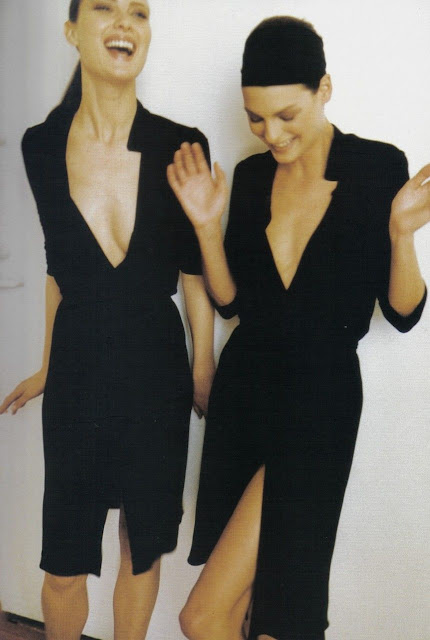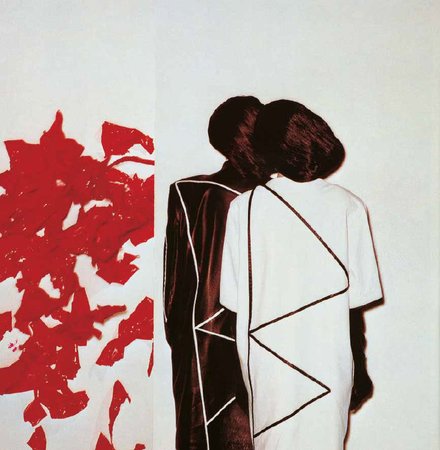John Cavanagh is photographed with a model wearing his full, yet immaculately tailored coat. Its black cuffs, plain collar and geometric configuration of buttons are its only details beyond top-stitched, princess-line seams into which the pockets disappear. His was an international training, firstly with Molyneux on his return from Paris and then at Pierre Balmain. In 1952 Cavanagh opened his own couture house in London, making clothes with international appeal. He noted, "A couturier worth his name must design in the world-stream of design change, but direct it to the lives of his clients that make this business exist". Cavanagh was at the centre of London's small made-to-measure society that continued to dress the English season, despite becoming engulfed by cheap imitations. In 1964 he said, "Couture will and must continue. It is the lifeblood of the ready-to-wear".
Also look up for Balmain, Dior, French, Molyneux, Morton



